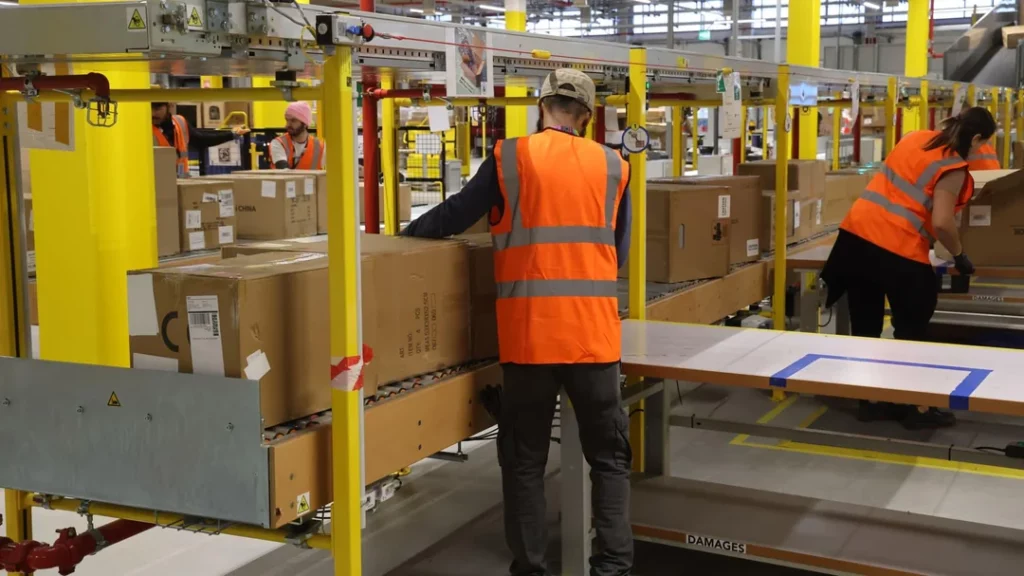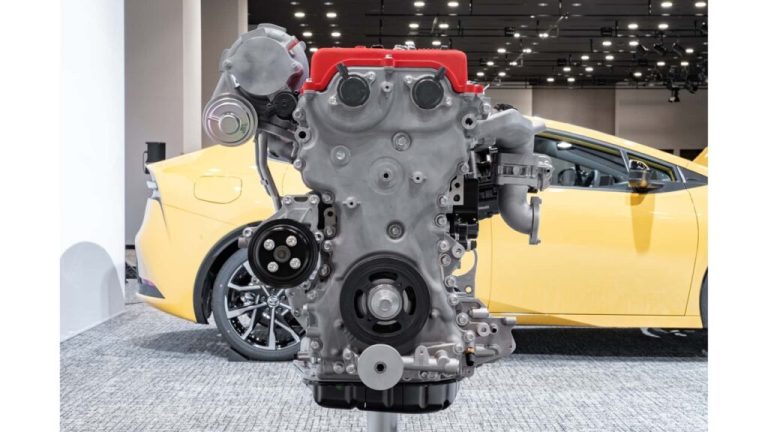
Rewritten Title:
Amazon Deploys 1 Million Robots: AI-Powered Automation Reshapes Global Logistics
Amazon’s Automation Milestone
Amazon has reached a historic milestone by deploying its one-millionth robot, marking a major leap in automation and transforming its logistics operations. The company announced that its entire fleet of robots will now be managed by DeepFleet, a cutting-edge generative AI model designed to optimize efficiency. According to CNBC, this system is projected to reduce robot movement time by 10%, enabling faster and more cost-effective package deliveries.
Strengthening Amazon’s Global Robotics Leadership
Scott Dresser, Amazon’s Vice President of Robotics, emphasized that this achievement solidifies the company’s position as the world’s largest producer and operator of mobile robots. The one-millionth robot has been integrated into Amazon’s vast network of over 300 operational centers worldwide.
Since 2012, when Amazon first introduced robots to move warehouse shelves, the technology has evolved significantly. Today, its fleet includes robots capable of lifting up to 1,250 pounds and fully autonomous units that independently transport orders.
Balancing Automation and Workforce Concerns
While automation has boosted productivity, it has also raised concerns about job security. A March survey by Pew Research found that both experts and the general public view factory workers as among the most vulnerable to job displacement due to AI advancements.
Dresser countered these concerns, stating: “These robots work alongside employees, handling repetitive and physically demanding tasks while creating opportunities for human workers to develop technical skills.” He highlighted Amazon’s new facility in Shreveport, Louisiana, which opened last year and required 30% more human workers in maintenance and engineering roles.
However, CEO Andy Jassy cautioned that the rise of generative AI could lead to workforce reductions. In a June memo, he noted that technological advancements might shrink Amazon’s workforce in the coming years. The company has already cut over 27,000 jobs between 2022 and 2023, signaling an ongoing shift in labor dynamics.
As Amazon continues to push the boundaries of automation, its innovations promise to redefine global logistics—while sparking crucial discussions about the future of work in the AI era.


